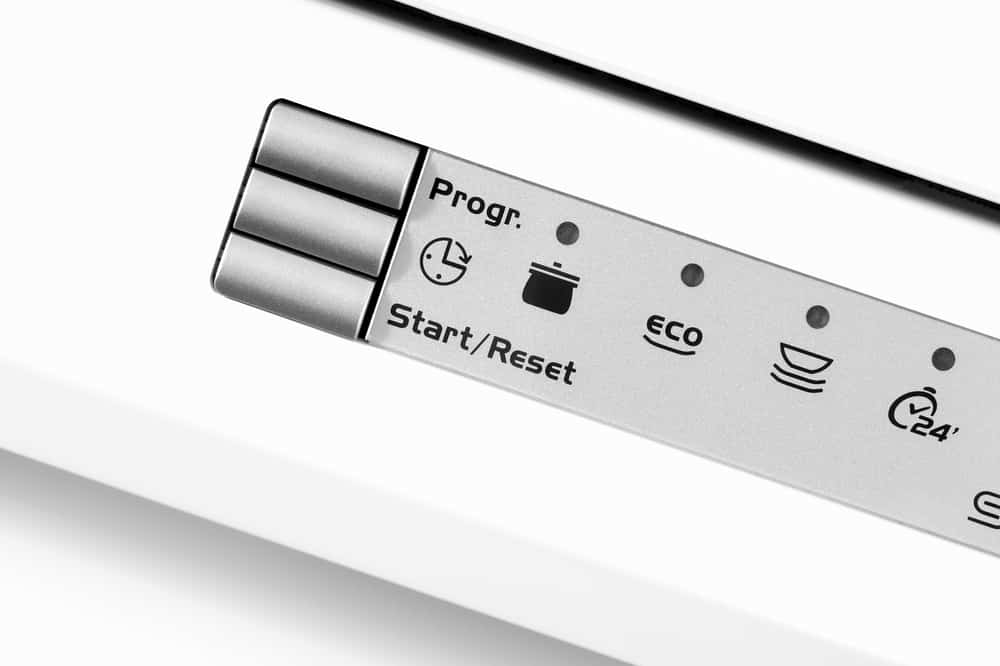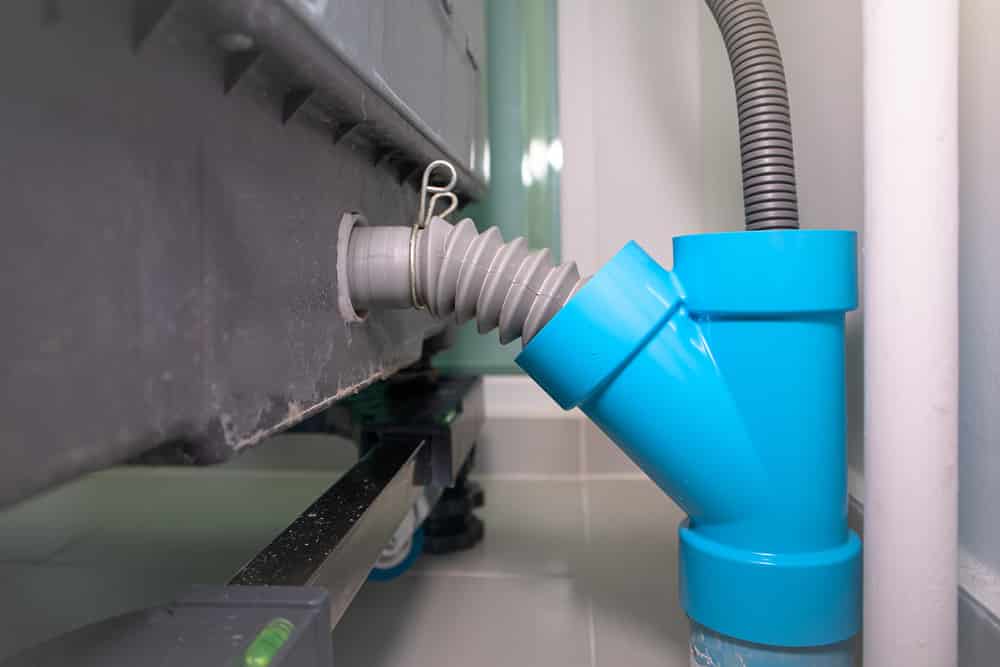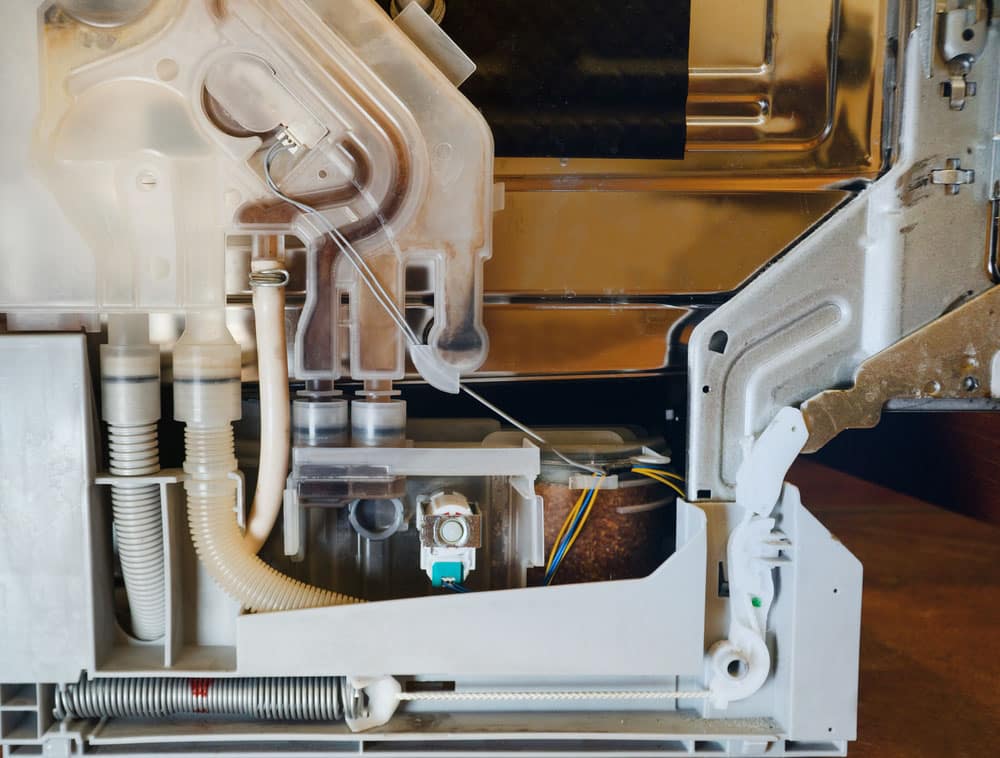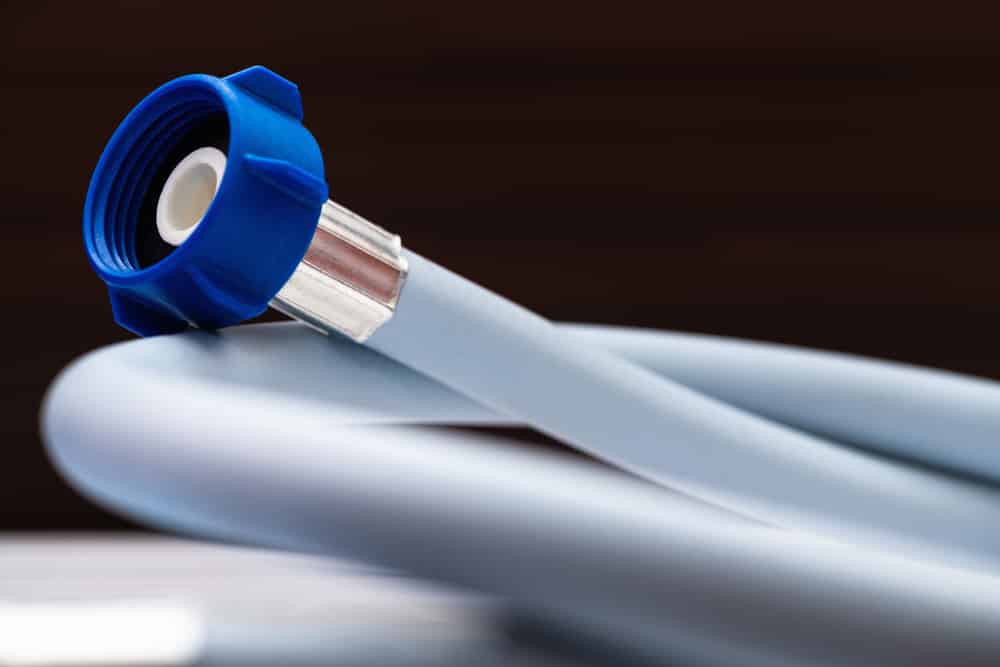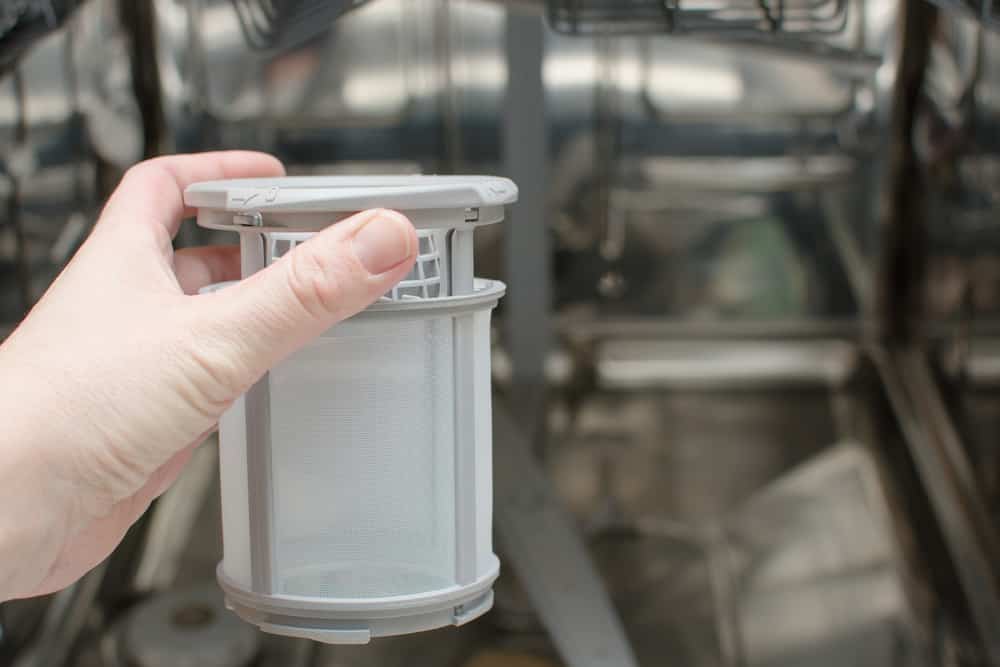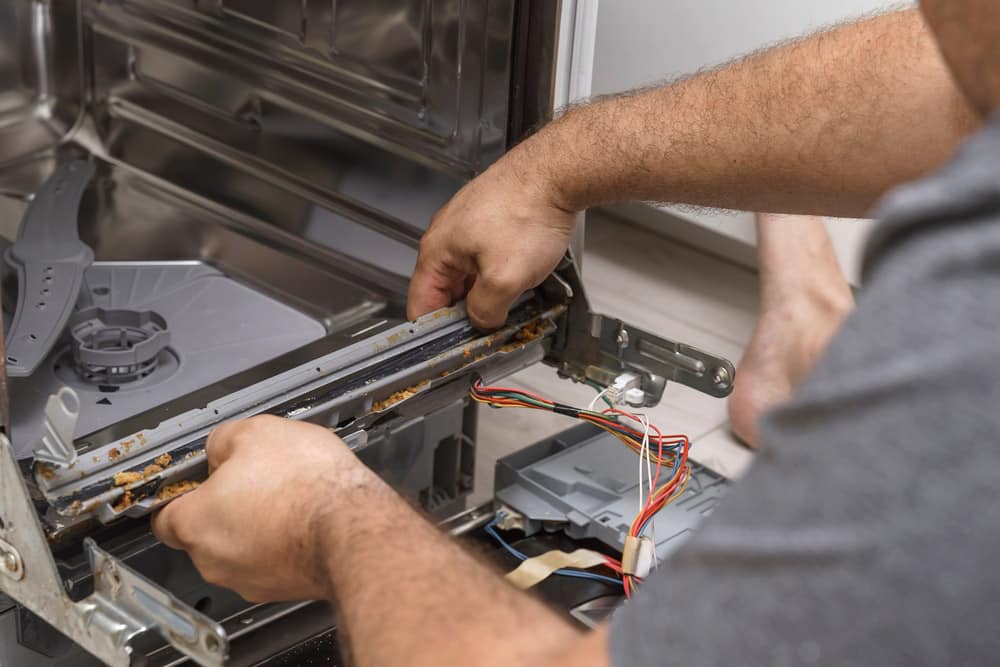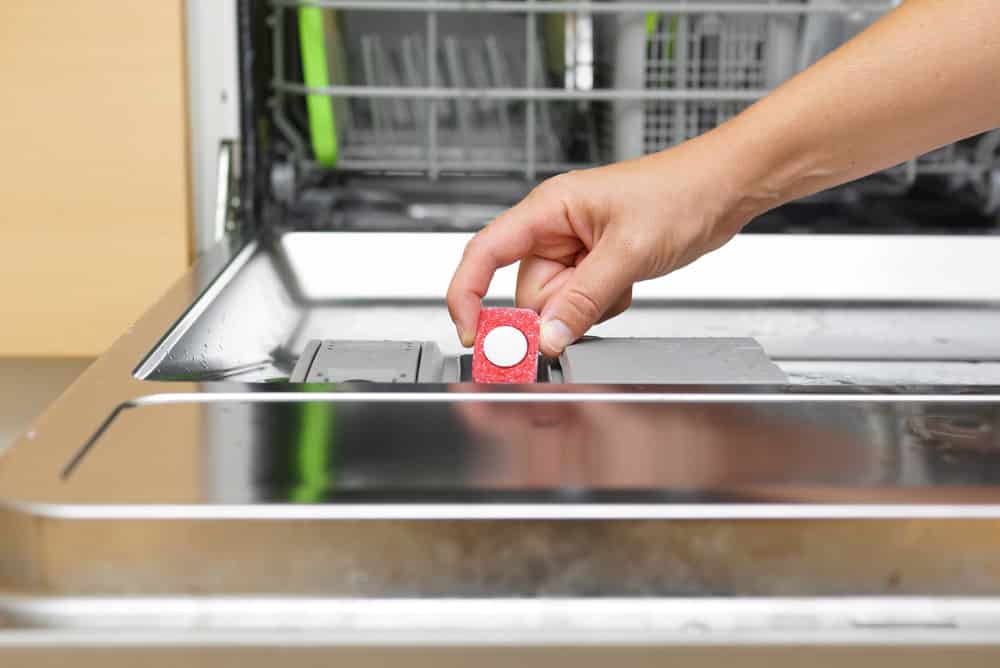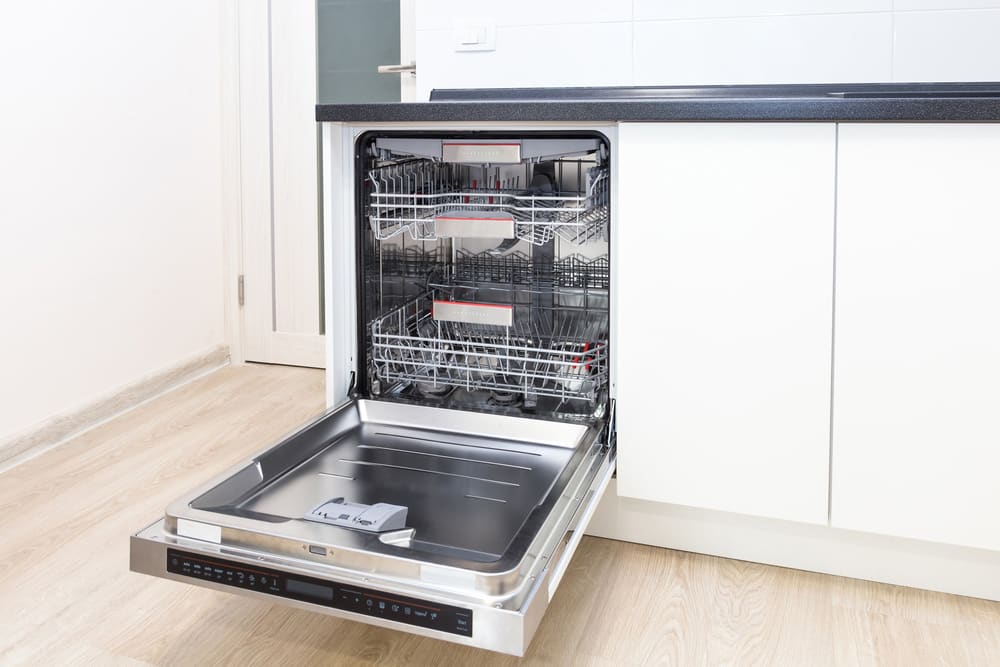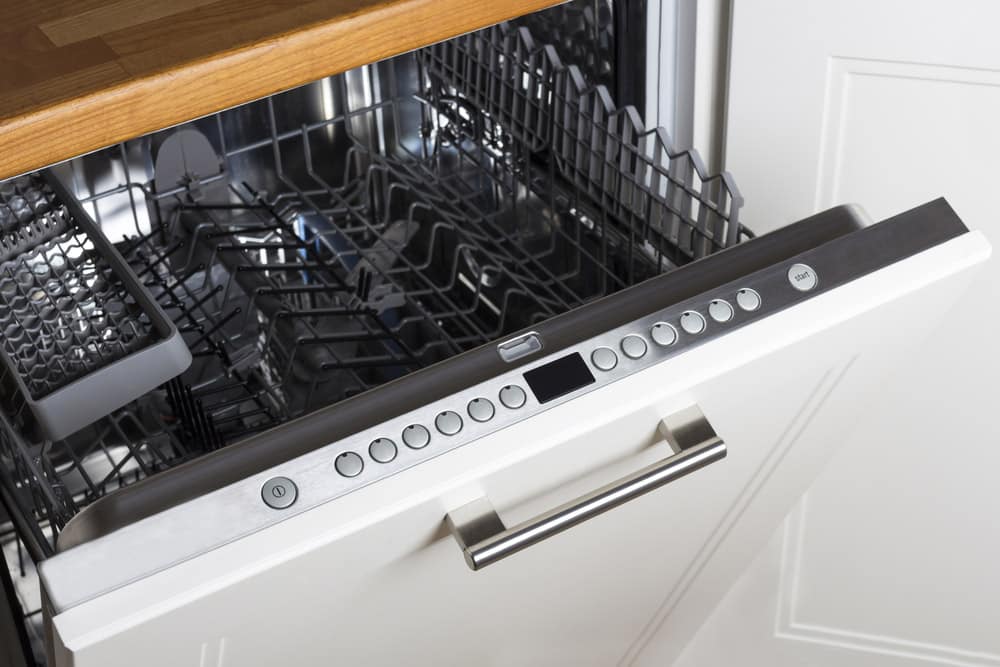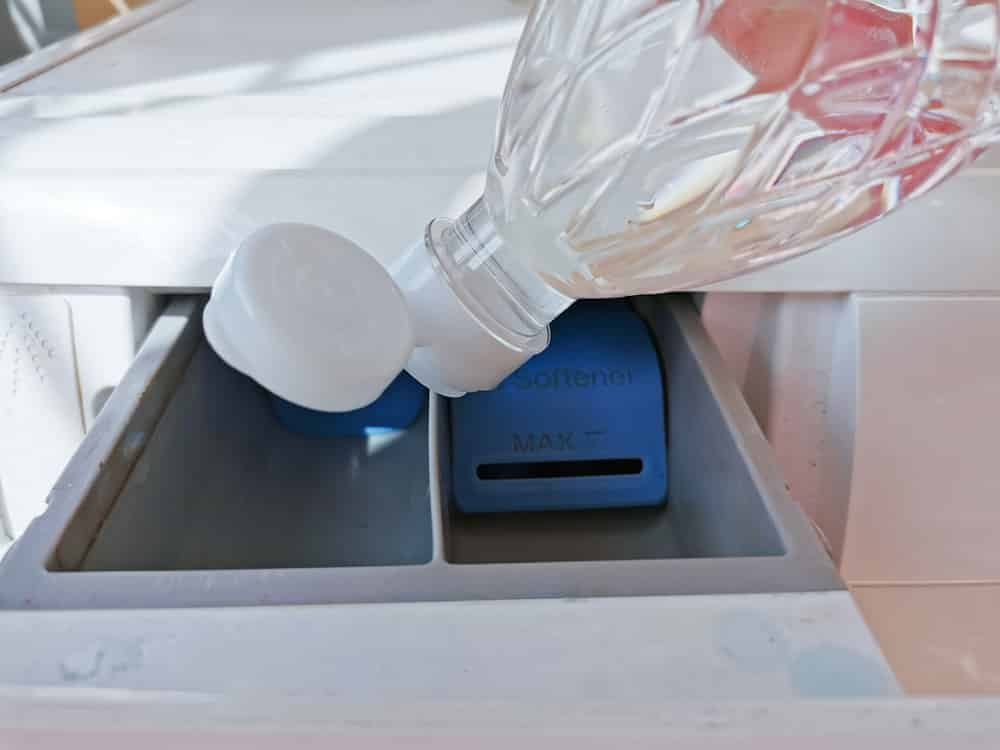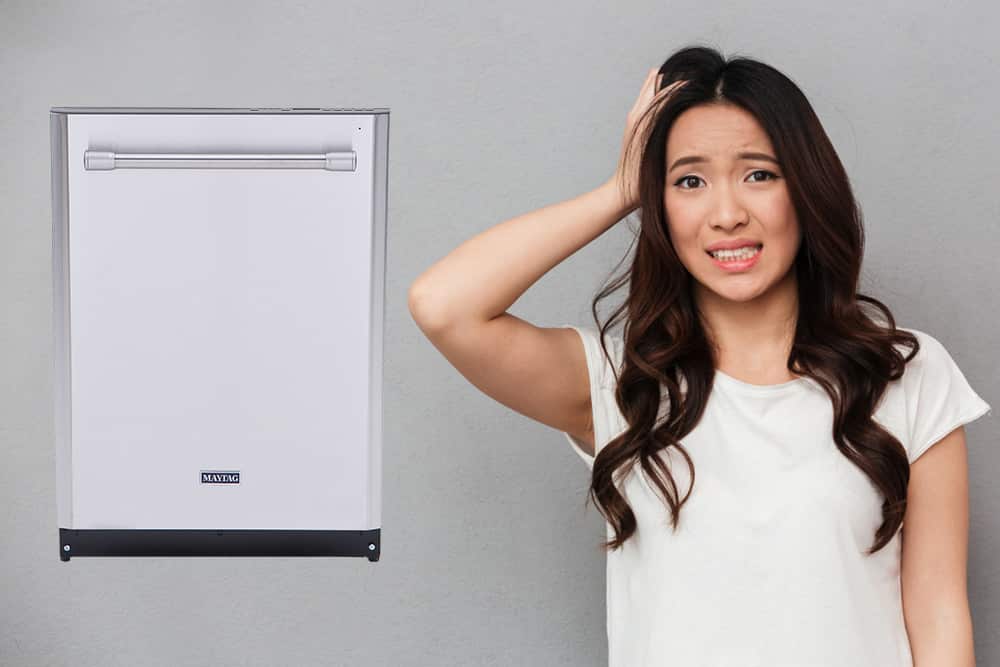
When we talk about kitchen appliances, there are just so many options – but the dishwasher is arguably the most important one. It’s rightfully popular and makes doing dishes so much more convenient.
All you ought to do is just load in the dishes and let the machine wash away the grease and food particles. But to ensure your dishwasher works efficiently and lasts for a long time, choosing a top brand product is important.
For this reason, people select Maytag, as it’s a trusted brand that offers a variety of dishwasher options. However, one frustrating thing about the Maytag dishwasher is the error code F9 E1 which keeps popping up. If you’re facing this issue, don’t fret!
We are here to help you fix the error!
Maytag Dishwasher Code f9 E1
F9 E1 Error Code On Maytag Dishwasher – What Is It?
This error code is caused by issues in the drain pump system. It can appear when the dishwasher is taking too long to drain out the dirty water (more than 7-8 minutes). Since the dishwasher tends to have a long drain pipe, clogging could be another reason behind this error.
In the section below, we are sharing the troubleshooting methods with you!
- Try Resetting
Occasionally, this F9/E1 error is caused by some glitch in the control board. To resolve this code, simply resetting the washer is all it takes. Just disconnect the power to the dishwasher from the socket and wait for a couple of minutes.
- Knockout Plug
The Maytag dishwashers are designed with a knockout plug in the garbage disposal. The knockout plug is responsible for ensuring free water travel from the unit through the drain pipe.
It is important to remove the knockout plug from the inlet of the disposer to make sure water is properly draining out. So, if the error code F9 E1 appears on the Maytag dishwasher, do check the knockout plug and remove it if it is still connected.
However, if you’ve just gotten this dishwasher, we suggest that you consult the user manual to check how the knockout plug is properly removed to avoid any damage.
- Drain Pipe Obstruction
The garbage disposal or drainpipe is extremely important to ensure proper drainage of water from the dishwasher. If there are obstructions or clogging in the drainpipe, the water won’t pass through, resulting in this persisting error.
To fix the issue, you should try running the disposer to make sure the obstruction is removed. This usually works fine, but if the obstructions aren’t removed by running the disposer, you might have to remove the drain pipe and use a stick to remove the clogging.
Also, before you remove the drainpipe, don’t forget to switch the appliance off. Additionally, once the clogging is removed, reinstall the pipe properly to ensure there is no leaking.
- Drain Hose
The drain hose in the Maytag dishwasher is likely located on the back of the dishwasher, along with the water supplies. The drain hose is responsible for carrying wastewater out of the dishwasher, and it’s connected to the garbage disposal and sink drain.
As a result, there will be constant sludge build-up, resulting in clogging. For this reason, you have to clean the drain hose often. To clean the drain hose, first, turn off the washer and disconnect it from the power socket. Turn off the water supply to the washer as well.
Using pliers to release the clamps that secure the drain hose in place, remove it. Use a drain snake tool to unblock the hose or wash it with hot water, baking soda, and synthetic white vinegar mixture.
In case the drain hose is defective, such as cracks and deforming, or if it has holes and is worn out, replacing it is the ideal solution as compared to patching it. Once clean, fix it back in place and do a test run. Secondly, there are chances that the drain hose is kinked.
It is suggested to install the drain hose at a minimum of four inches between the back of the dishwasher and the water connection. This distance will ensure the hose won’t kink, and you won’t have to struggle with F9 E1.
- Filter
Many dishwashers come with removable filters that are found on the front side. Always remember to check whether or not this is clogged. Remove the filter and wash it with warm water and soap if you spot visible stains, dirt, or grease.
Make sure to rinse the filter of soap properly and dry it before placing it back in the dishwasher. If the drain hose is adjacent to the filter, using that to drain the water can resolve the F9 E1 error code.
Additionally, if your washer doesn’t have a visible filter outside, then it’s connected to the drain pump. Remember to check it when inspecting the drain pipe.
- Wiring Issues
Another major reason for the F9 E1 error code is a damaged cable or wire. Disconnected terminals can also cause this. If you’ve done all the troubleshooting steps mentioned above, then it’s time to check different components for loose connections.
Be sure to turn off the dishwasher and shut off the water supply before inspecting. The parts to check are the pressure switch and control board.
The pressure switch is typically on the bottom side, and you can check if it’s loose, if any connections seem damaged, and whether the air hose is still attached or not. Control board testing is hard to do yourself and needs to be seen by a technician.
However, you can still look for visible signs of burning or damaged wiring.
- Extra Detergent
Sometimes, the F9/E1 error code can be caused by a high amount of soap in the wash.
The issue doesn’t happen immediately- it gradually develops over time as residue from using excessive dish soap that builds up inside and eventually restricts the washer’s capability of draining.
The last time you added too much detergent was when the clogging reached its maximum capacity and now draining is slow and little. To avoid this, be sure to wash away any detergent residue you find whilst using the dishwasher.
Avoid using more detergent as well. Using a low-sudsing soap can prolong your dishwasher’s life too.
Tips To Avoid Clogging The Dishwasher
Here are a few tips to help you avoid clogging the dishwasher.
- No Food Scraps
Just like how you wouldn’t leave scraps and food debris in your sink, follow the same etiquette for dishwashers. As oil, grease, and debris go into the washing compartment, it can cause clogging more often.
Make a habit of scraping food into a bin or to the garbage disposal in your dishwasher, then place the dishes in your machine. Plus, this helps avoid unpleasant odors in the washer.
- Use Drain Cleaner
If your house gets hard water, then using a dishwasher-safe non-corrosive drain cleaner periodically can help clean better. Hard water not only makes it difficult to lather soap but it can deposit minerals in the pipe and appliance that further weaken the functioning.
If you can’t get a soft water supply and have to run the dishwasher on hard water, use cleaners more often. If you want to unclog mineral deposits, you can also use a quart of white vinegar and run the dishwasher.
Make sure the machine is empty when you’re running vinegar though.
- Run Hot Water
Another way to prevent too much build-up in your dishwasher is to use hot water. Short and cooler washes can’t remove depositions, even when a good amount of detergent is added. Heat is important for breaking down these and opening the drains.
Be sure to run a few cycles a week with hot water so your machine doesn’t face any blockages. To conclude, these are the only solutions available for code F9 E1.
All in all, it’s suggested to check the hoses and drain pipes often and use the tips we’ve mentioned to avoid excessive build-up and clogging. In case you have to change the pipes or hoses, always purchase them from reputed stores.
